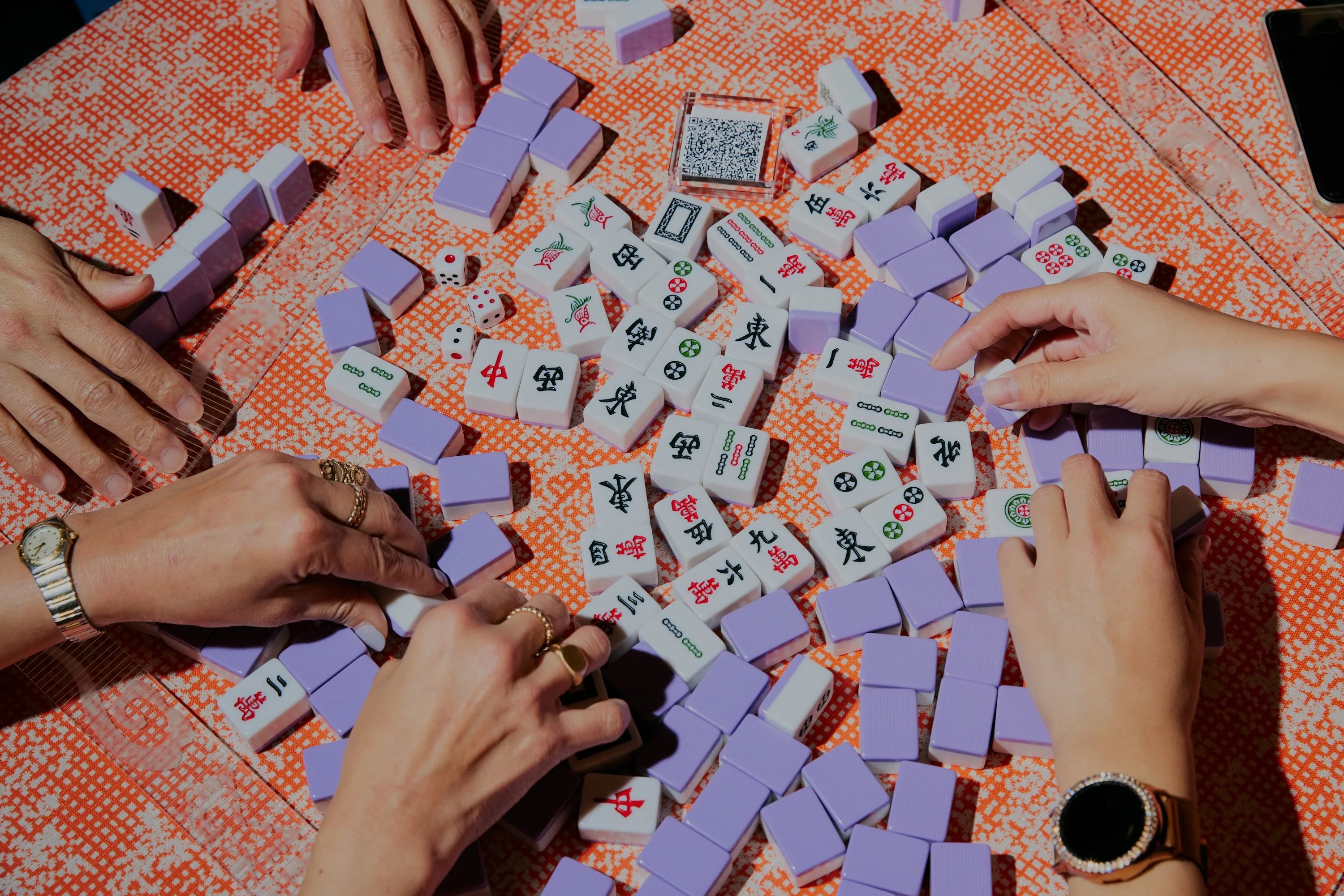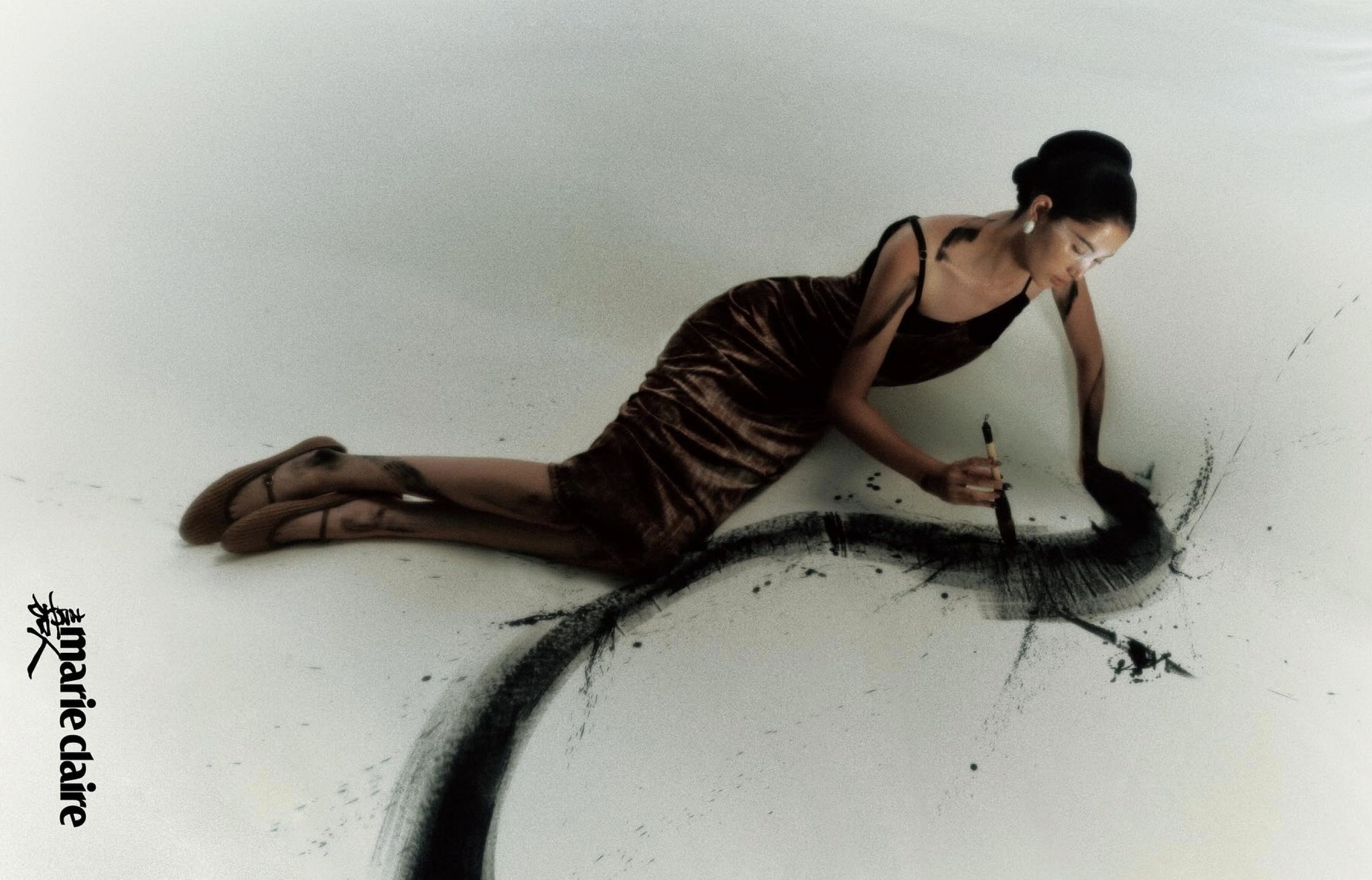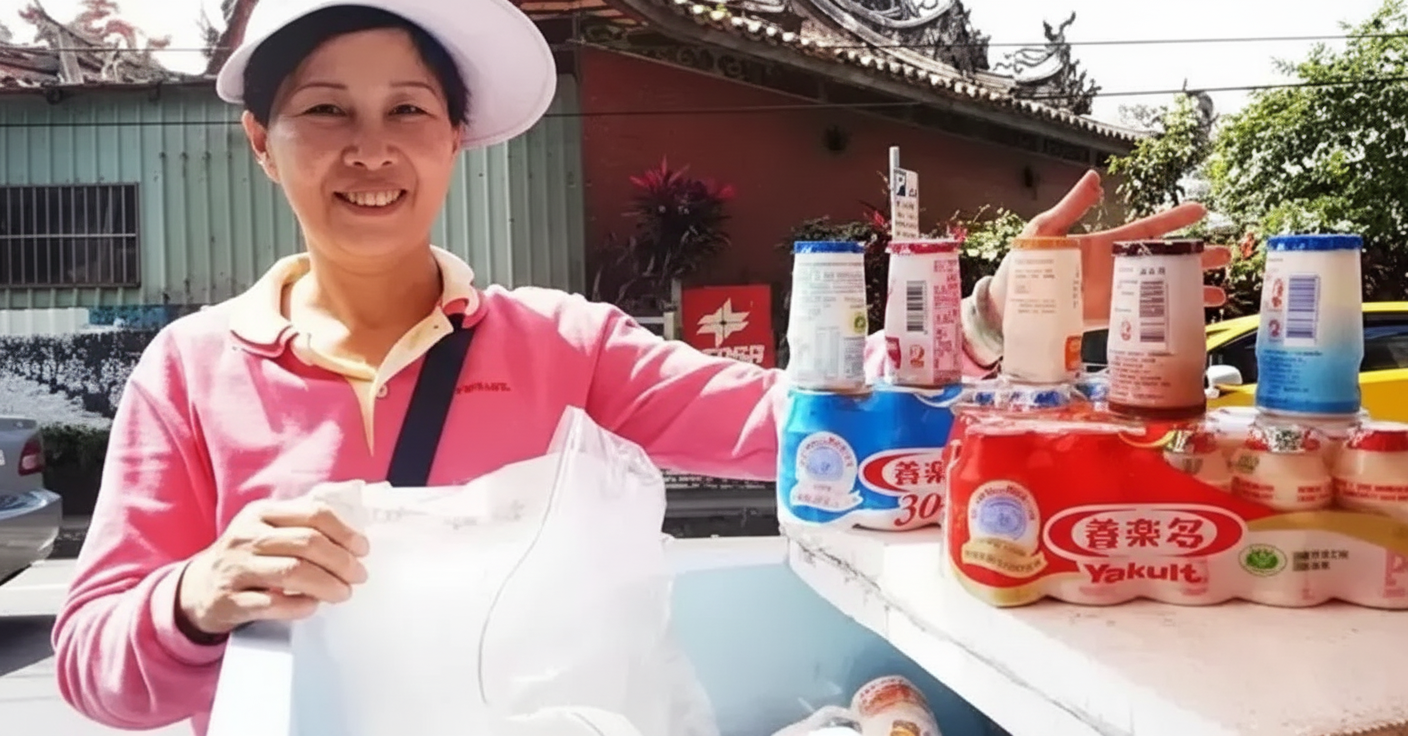With Covid-19 becoming a global pandemic, and the suspicion that it originated from a Wuhan wild animal market, Chinese eating habits have once again come under international scrutiny.
The range of accusations include the widespread consumption of dogs, bats, pangolins, and snakes. In response to the news that a wild animal market may have been at the center of the outbreak, local governments in Shenzhen and Zhuhai have passed new rules banning the consumption of dog, cat and other wildlife meat. China’s Ministry of Agricultural and Rural Affairs also excluded dogs from its proposed new list of edible animals published on April 8.
Related:
 China Excludes Dogs From its List of Edible AnimalsThe increasingly rare practice of eating dogs in China may finally be coming to an end, with authorities calling dogs a “special companion animal”Article Apr 10, 2020
China Excludes Dogs From its List of Edible AnimalsThe increasingly rare practice of eating dogs in China may finally be coming to an end, with authorities calling dogs a “special companion animal”Article Apr 10, 2020
Similarly, Chinese artists have been reacting to global attitudes surrounding Chinese appetites. Recently, Shanghai artist Axl Le published a recipe book called I am Chinese, I don’t eat Dogs, But I eat Aliens. The book exquisitely renders images in 3D with Le reinventing odd recipes by adding even stranger twists. Live animals, alien creatures, and even mechanical objects become ingredients in his visually repelling dishes. The series acts as a hilarious refute to the absurd assumptions that people have been making about regular Chinese diets, while also being a way for him to poke fun at his own culture.
“I had to explain to people on several occasions that not all Chinese people eat dog meat,” he says.
“Yet, different cultures have different preferences. This is my way of joking about these silly assumptions while also joking about all the strange things that people in China do eat.”


The idea for the series came when he was visiting his in-laws in Norway and found a book of recipes of preserved food lying open on a table. Le can’t read Norwegian, so he didn’t know what the text said, but he was fascinated by the book’s photographs and visual effects, which included reflections, shadows, and light passing through the glass jars.
He’d also always been intrigued by the unique compositions of Asian kitchens, and thus the idea for a cookbook with made-up recipes was born. “I had to read a lot of recipes to find inspiration, such as Japanese bullfrog sashimi, Peking duck, and of course, my favorite drink, the Taiwanese pearl milk tea,” he says.

Frogs are a frequent delicacy in Le’s book. In one of his recipes, Bubble Frogs, you put a couple of frogs in a jar, and they’ll do much of the work — the female frog ovulates, and the male releases his sperm. In the picture, you can see them in mating posture on top of hundreds of colorful bubbles. You then move the frogs to another jar and put the eggs in the sun for a week until they’re good to eat.
Another frog-based delight is the Taro Pearl Macha Latte, based on one of Le’s favorite drinks. In the picture, two bullfrogs seem to be relaxing in a bowl of tea, one of them graciously holding a straw, while staring at the viewer. The image is outstandingly detailed, from the texture of the frogs’ skin to the reflections in the ice cubes, the spoon handle, and of the bowl itself on the cloth underneath it.


Despite the fact that there’s no explicit connecting thread between the recipes, most of them seem to be inspired by the idea of a post-apocalyptical future, in which food resources have become scarce and humans have to look to alien or mechanical ingredients to satiate their cravings. Cyber Pork is a lump of artificial meat, marinated with 20-year old batteries, and electrocuted for a silky texture. “This one is a special joke for me,” he says. “It’s a way of telling people to value the earth’s resources. Otherwise, we may end up having to eat mechanical food in the future.”

Traditional Chinese recipes, culinary and medicinal, also find space in Le’s collection. In the slightly more daunting Medicinal Liquor, we see a human skull inside a jar, embraced by what looks like an alien vertebra, and with an astronaut’s glove grasping its parietal bone. It’s a criticism of Chinese medicinal wine, an old way of treating and preventing diseases. Le defends consistent scientific evidence when it comes to the therapeutic benefits of food and portions.
Related:
 Does Traditional Chinese Medicine Have a Place in a Brand-New Epidemic?Without a vaccine for Covid-19, many in China – young and old – have turned to TCM remediesArticle Feb 17, 2020
Does Traditional Chinese Medicine Have a Place in a Brand-New Epidemic?Without a vaccine for Covid-19, many in China – young and old – have turned to TCM remediesArticle Feb 17, 2020
“Most people said that the images were disgusting. But a few admit that they would like to try some of the dishes,” Le says, laughing. “Although I thought of it as a humorous series, I still hope that it can provoke some deeper thoughts from the viewer.”


Le delved into digital art because it was the cheapest way to be an artist: all you need is a computer with internet access. Since then, he’s been creating photo and video series with a stunning futuristic aesthetic and intricate plots.
With I am Chinese, I don’t eat Dogs, Le is not only defending himself from hyperbolic accusations, he’s also shedding light on our predatory habits, not from Chinese people, but rather humans in general, and urging us to imagine a more respectful role in the food chain.
The series was ready before the Covid-19 outbreak, but, with the commotion the ensuing pandemic has caused, it acquired another layer of meaning. “I guess this series is like a prophecy — it can relate to the epidemic in a way, so that people become more aware of what they eat,” says Le. “Although I conceived it as a joke, it has become more relevant now, sending some sort of warning about our future.”
To see more of Axl Le’s “recipe book,” follow him on Instagram: @tsitra_sh. Interview interpretation by Ingvild Friis Bjerkeli.















